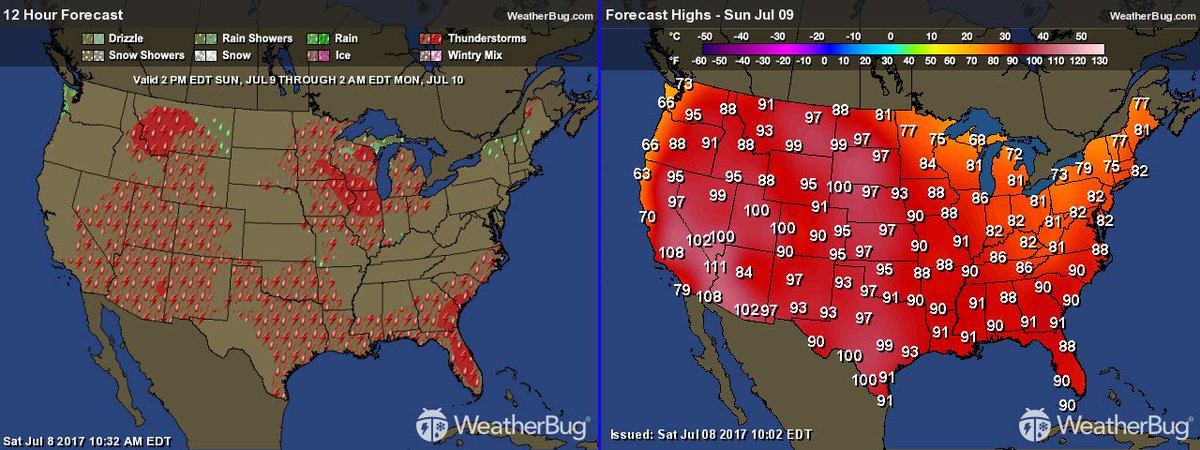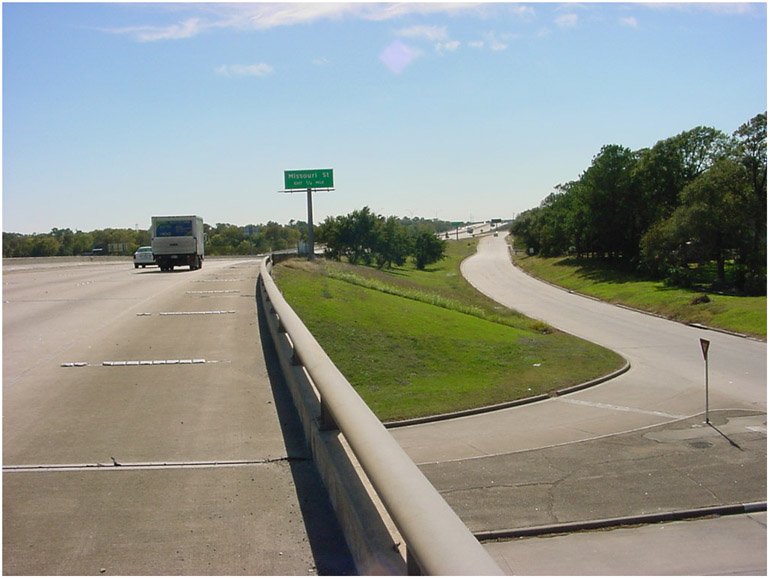

These signs include dark, greenish skies, a low-lying cloud, and a loud roar similar to a freight train. Residents of Baytown should be aware of the signs of an approaching tornado. The National Weather Service recommends that residents of the area be prepared for such storms by having a disaster kit and plan in place. Baytown is still vulnerable to strong storms and tornadoes, especially during the spring and summer months. The Baytown area is in a more temperate climate than other parts of Texas, which helps to reduce the risk of tornadoes. This tornado caused no injuries, but did cause some property damage. The most recent tornado to strike the area occurred in April of 2016, when an EF-0 tornado touched down in the city. Tornadoes occur with some regularity in the Baytown, Texas area. The most recent Baytown, TX hurricane was Nicholas in 2021. 55 hurricanes have been recorded in Baytown, TX since 1930. Annual rainfall averages exceed 53 inches.īaytown, TX is in a very high risk hurricane zone. Some of the more severe weather affects Baytown from time to time, such as hurricanes and tropical storms coming in from the Gulf of Mexico. Rainfall is spread out evenly throughout the year, with the most rain coming in the spring and summer months. Winters are mild and usually consist of temperatures in the 50s and 60s, with occasional drops into the 40s. Summer temperatures in Baytown often reach up to the mid-90s and can feel even hotter due to the high humidity. A hat with a wide brim is extremely helpful, as it can prevent roughly 50% of UV radiation from reaching the eyes.The city of Baytown, Texas is known for its hot, humid summers and mild winters. On bright days sunglasses that block both UVA and UVB rays should be worn. To the extent possible, limit exposure to the direct sun during these hours. The Sun's UV radiation is most powerful between 10 a.m.

#Weatherbug baytown texas skin#
Protection against skin and eye damage is required. Take precautions and utilize sun safety practices. Note: The average daily UV index of 6 in April transform into the following instructions: A UV Index estimate of 6 to 7 represents a high health hazard from unprotected exposure to Sun's UV rays for average individuals. UV indexIn April, the average daily maximum UV index is 6.

SunshineIn Baytown, the average sunshine in April is 8.6h. On the last day of April, sunrise is at 6:38 am and sunset at 7:56 pm CDT. On the first day of the month, sunrise is at 7:09 am and sunset at 7:38 pm. DaylightIn April, the average length of the day is 12h and 55min. SnowfallMarch through November are months without snowfall. Throughout the year, there are 139.2 rainfall days, and 16.1" (409mm) of precipitation is accumulated. Rainfall In Baytown, during April, the rain falls for 9.5 days and regularly aggregates up to 0.71" (18mm) of precipitation. HumidityIn April, the average relative humidity is 76%. In Baytown, Texas, the average low-temperature is 63.1☏ (17.3☌). TemperatureIn Baytown, the average high-temperature in April marginally rises from a pleasant 70.3☏ (21.3☌) in March to a moderately hot 76.8☏ (24.9☌). April in Baytown, Texas, is a warm spring month, with an average temperature varying between 76.8☏ (24.9☌) and 63.1☏ (17.3☌).


 0 kommentar(er)
0 kommentar(er)
